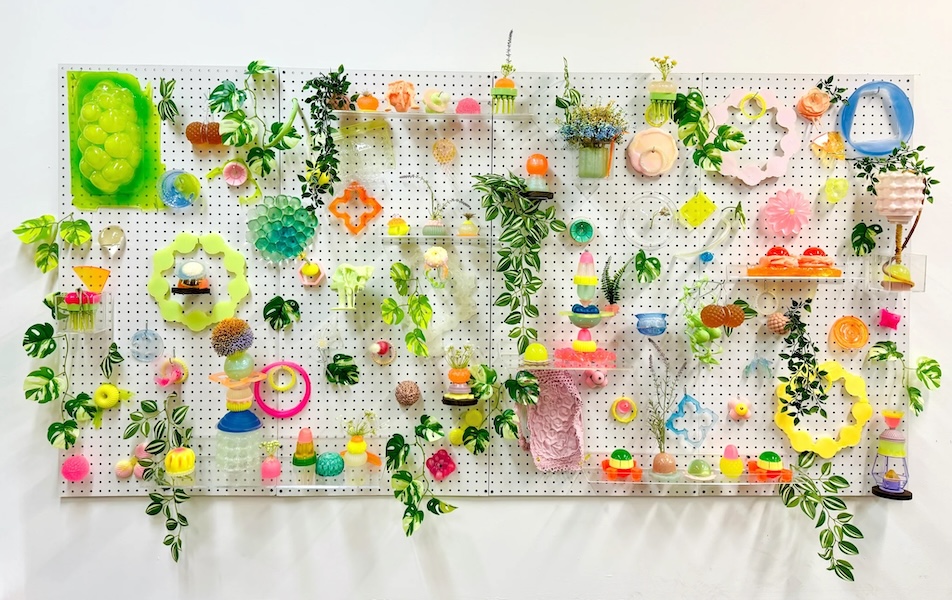Rosetta Getty saw the work of the artist Alicja Kwade during a trip to Berlin and immediately connected with it on a personal level. Fashion history is filled with designers finding inspiration in the work of their artist peers, but few bring them directly into the creative process. For Fall/Winter 2017, Getty took inspiration one step further, inviting Kwade to collaborate on her collection. The intimate experience of opening up their creative process had its challenges, but it ultimately paid off in an ultra-contemporary collection that feels current, cool, and chic.
Getty is based in Los Angeles and has been collecting art from an early age. She first started designing clothes out of necessity—she needed eveningwear and she wasn’t finding anything she liked in stores. Her friends in the entertainment industry started wearing her line, dubbed Riser Goodwyn, and it really took off. She paused to focus on her family before launching her eponymous collection three years ago. Whitewall talked with Getty about the creative community in Los Angeles and how art continues to captivate her.
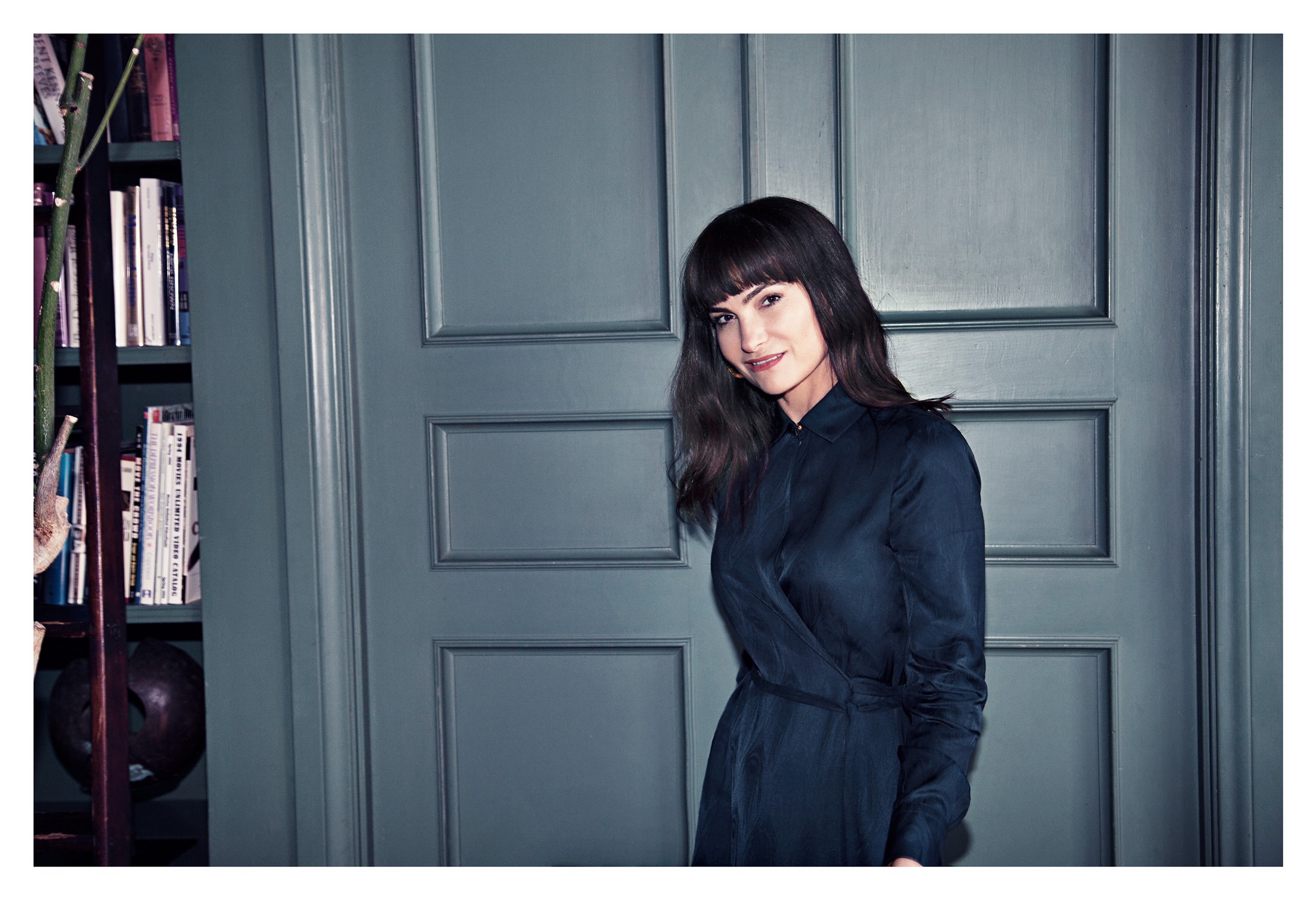
Photo by Chuck Grant.
WHITEWALL: Your Fall/Winter 2017 collection featured a collaboration with artist Alicja Kwade. Can you share how you connected with the artist?
ROSETTA GETTY: I saw her work in Berlin and it really touched me in so many ways. I thought, if I were an artist, I would work the way she worked. I just related to it so much. It’s such an intimate process doing a collection, as for an artist I imagine creating a piece of work is. l like to work in solitude, and there is not a lot of room for other people to weigh in. Some of the beauty is in the intimacy of it. It’s hard to open up that way, and we both had to open up that way for this, and it was really cool.
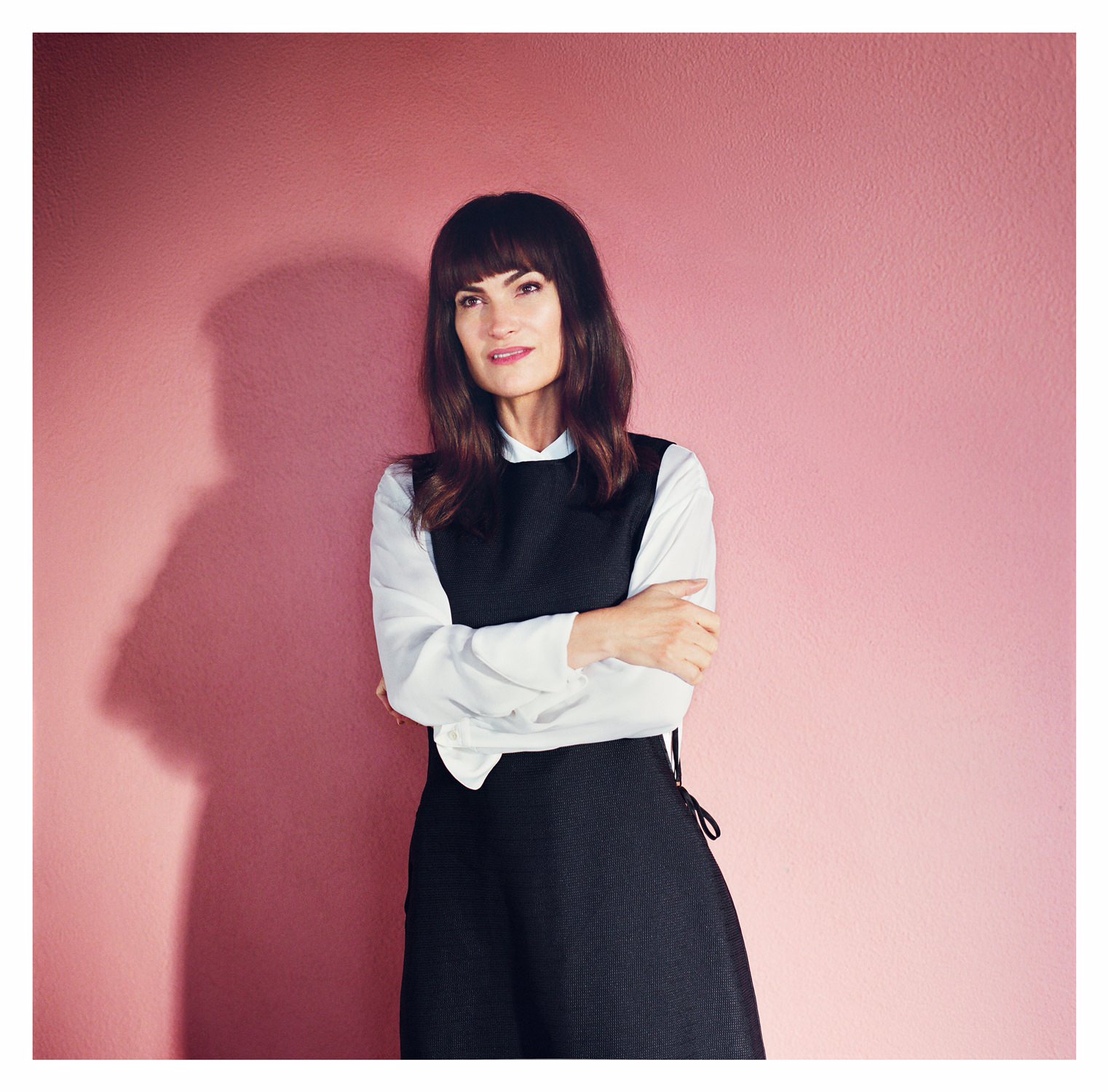
Photo by Chuck Grant.
I was happily surprised when she agreed to do it. We started meeting, and I really got to know her. I appreciate her work on a whole other level now. It’s been such a nice experience.
WW: Tell me a little bit about where your interest in art comes from. Was it a part of your life early on, or is it something you found a little later?
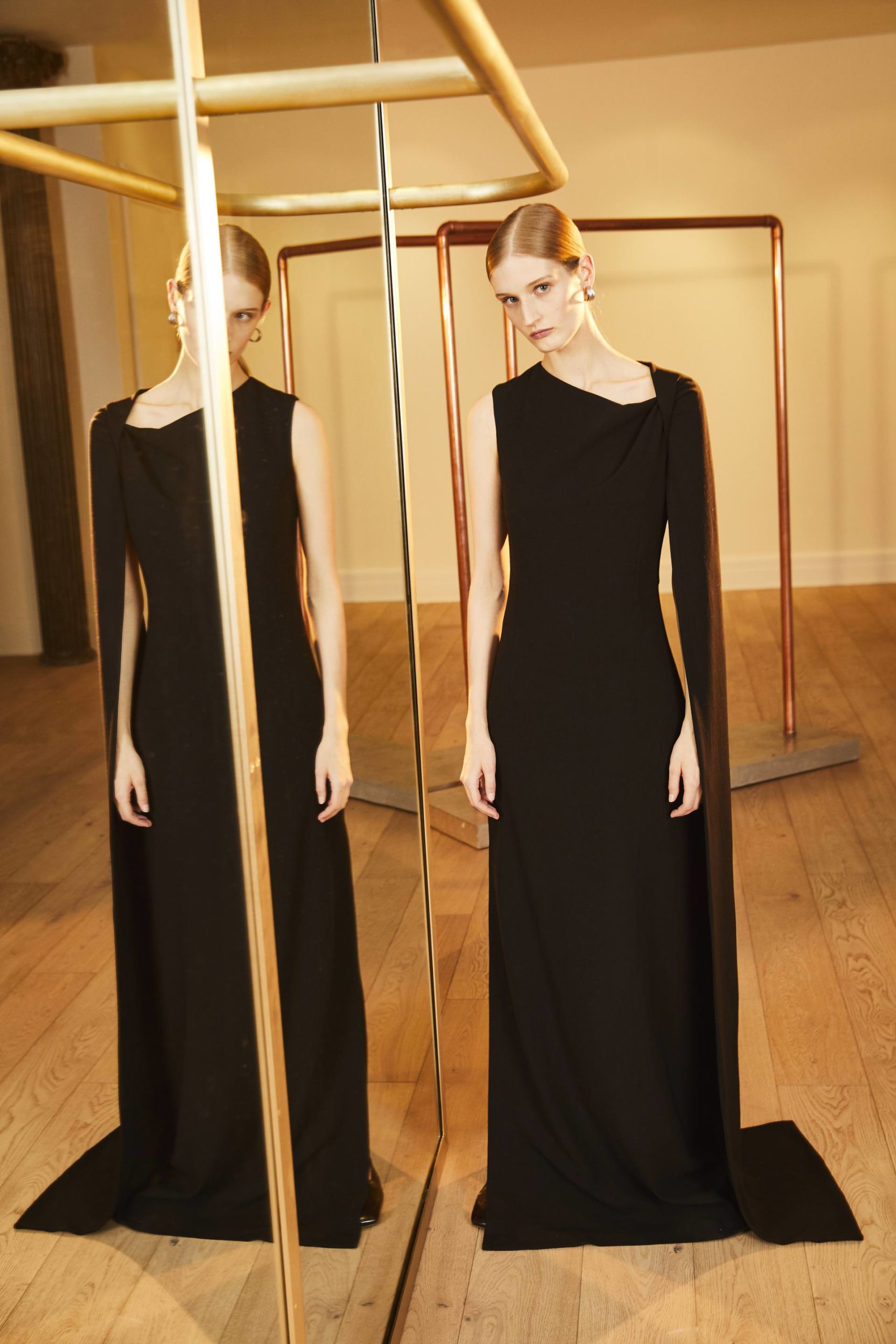
Rosetta Getty fall/winter 2017.
RG: I found solace in art as a child, and as a child, it was mostly in my own art. I was the kid who lost myself in a painting. I cut out fabric and made doll clothes. I was always in my own world creating. For me, it’s a natural place, it’s a natural community, it’s a natural way to find self-expression, but also in understanding others’ self-expression.
WW: How did your interest in making art as a kid evolve into collecting?
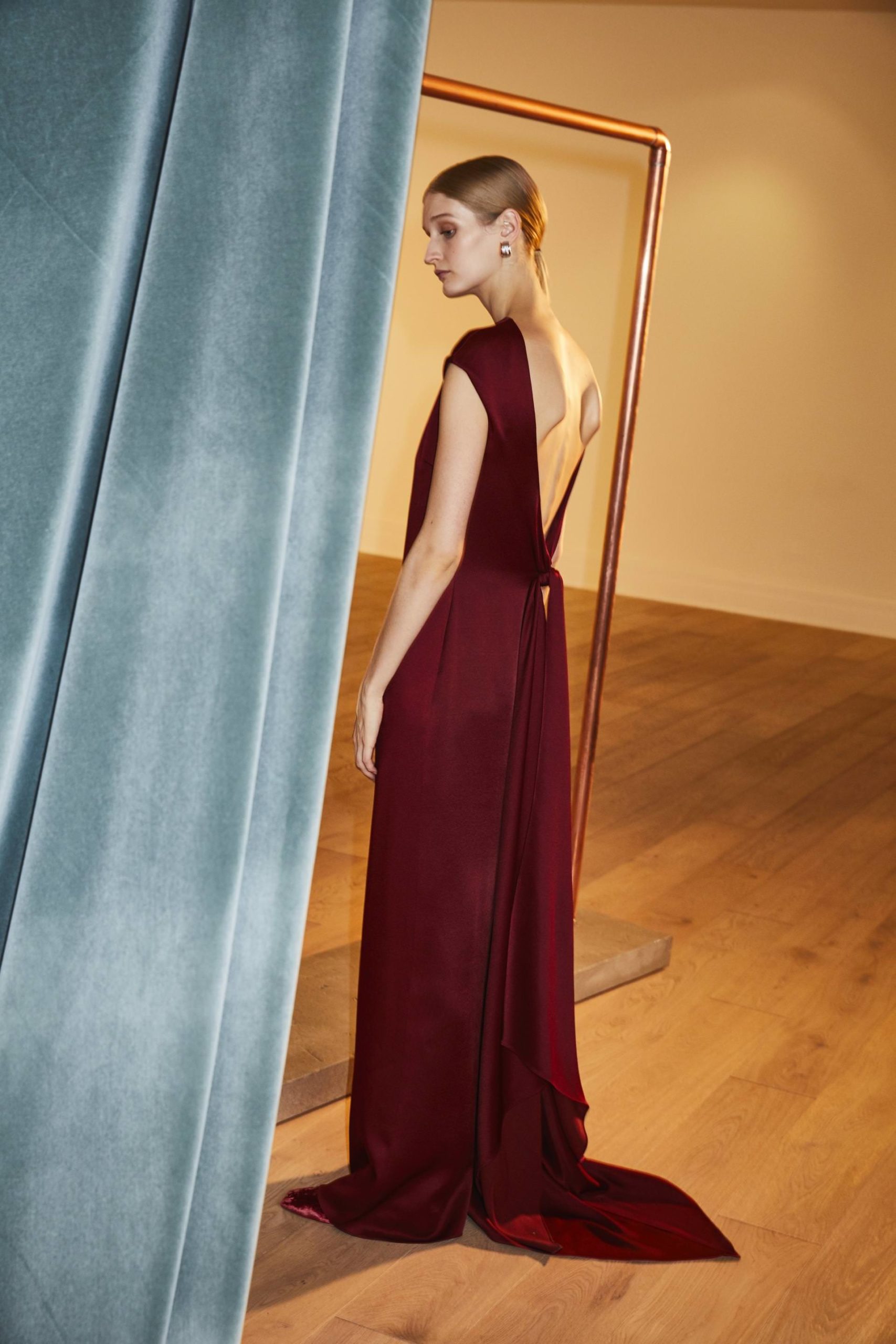
Rosetta Getty fall/winter 2017.
RG: I started collecting so long ago—I was probably a teenager. I’ve collected different artists for different reasons, and that is something that I enjoy. My parents, my mother, she didn’t really have the luxury of being a part of the art world or have the time to go to the shows with two kids.
WW: Prior to founding Rosetta Getty three years ago, you had your line Riser Goodwyn, which focused on eveningwear and cocktail dresses. How do you see Rosetta Getty being fundamentally different from your previous line?
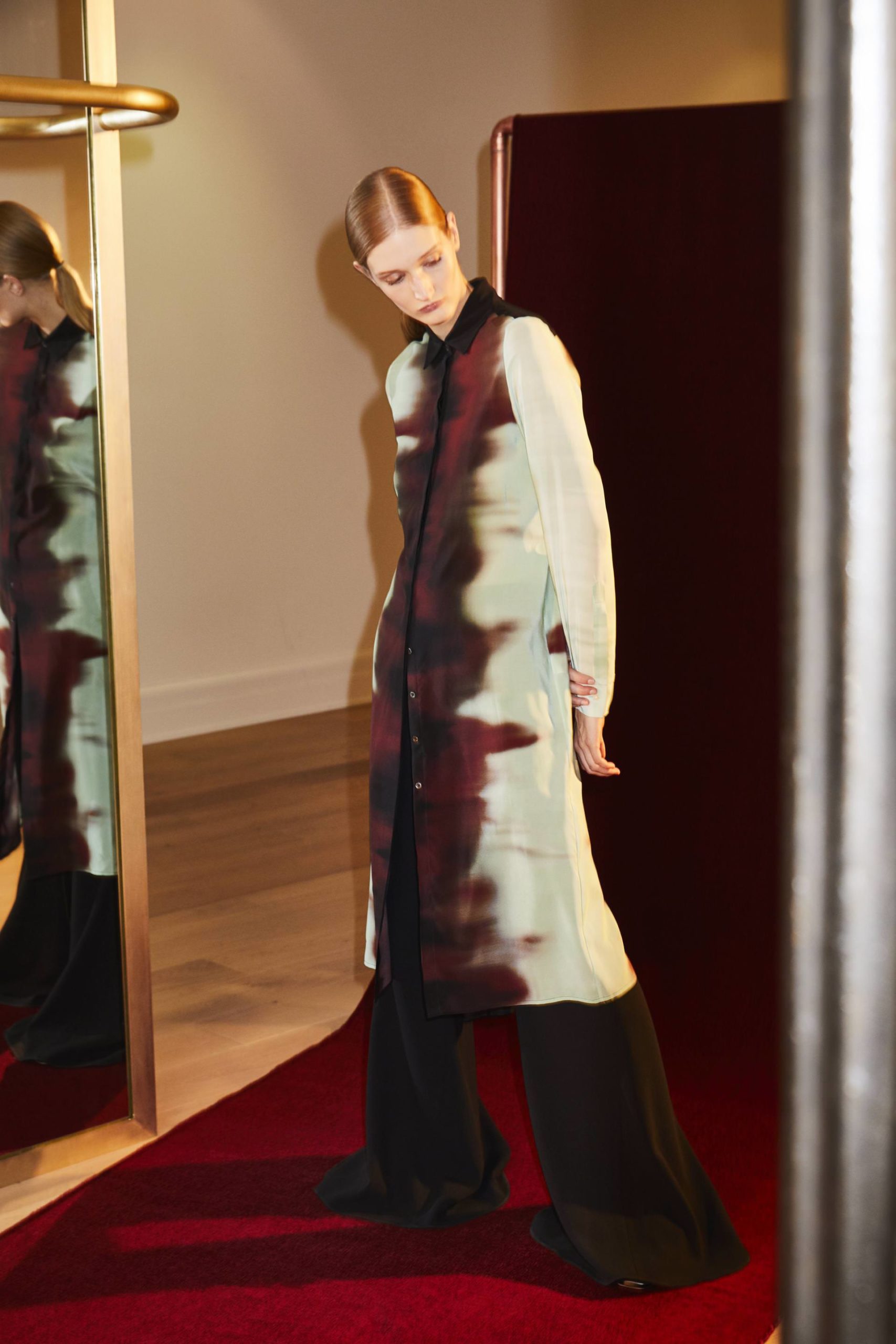
Rosetta Getty fall/winter 2017.
RG: Riser Goodwyn was basically a couture label that was mostly a passion project. It was something that I needed in my wardrobe, and then many of my friends, eventually. I live among the entertainment business, so I ended up making quite a few dresses for entertainers and friends in the industry. It was something that wasn’t meant to get much traction, but it got very popular because it was something that wasn’t in the market and that people needed. I ended up getting pregnant with my fourth child, and decided I was going to take a pause.
I had a lot of time and a lot of years to think about how to set up a business that could meet the demand of volume and distribute globally. I did a lot of research to find and figure out who the right people were and where the right production facilities were for what would eventually be Rosetta Getty.
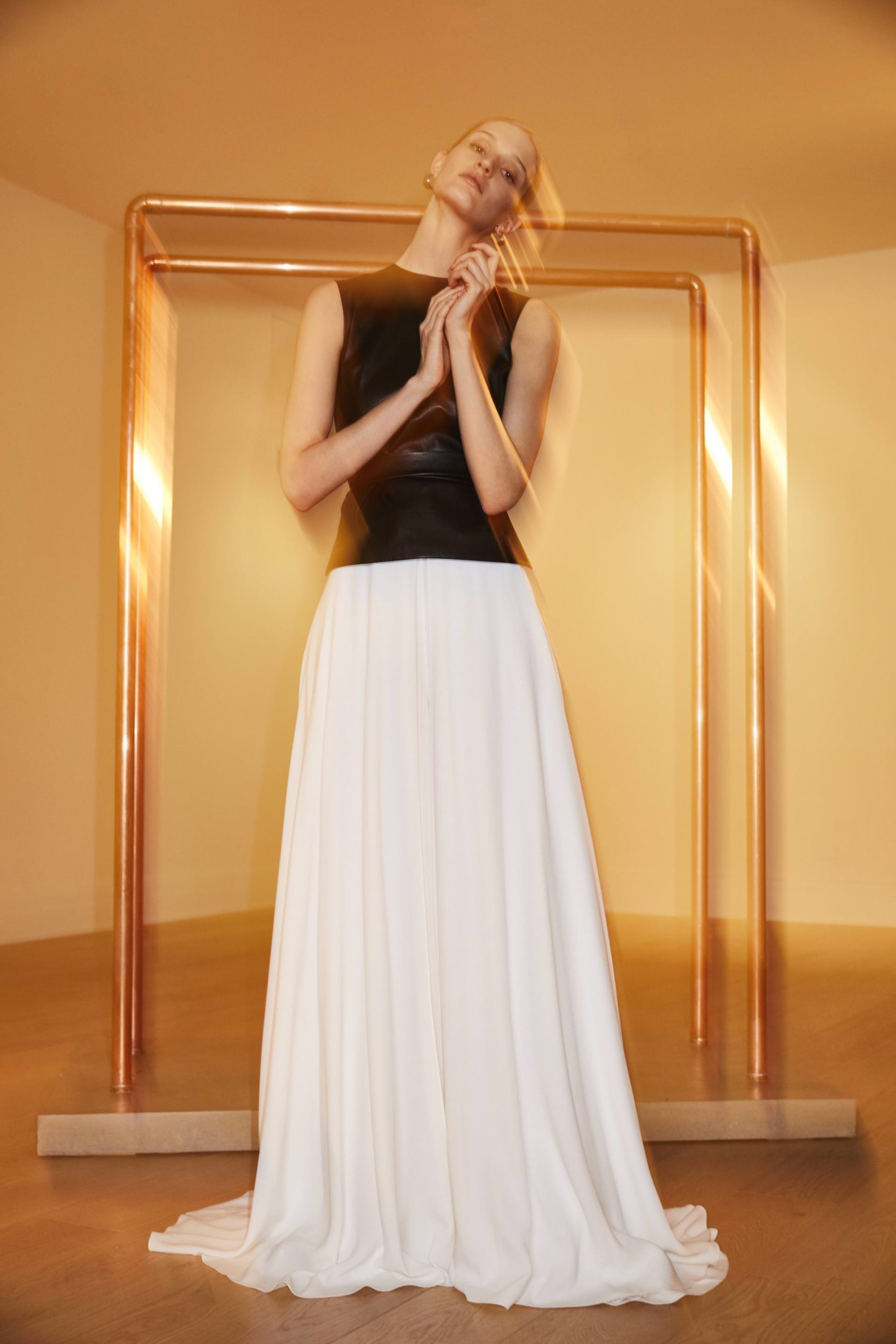
Rosetta Getty fall/winter 2017.
WW: Are you active in Los Angeles’s art community?
RG: Yes, and it is so exciting on so many levels. L.A. in the last 10 years has really changed. There have been so many people moving into the city because of the art world. It’s like a renaissance is happening here. L.A. has always had so much to offer, but that cultural piece that it was missing—now they have that piece. It’s such a great place to live now.
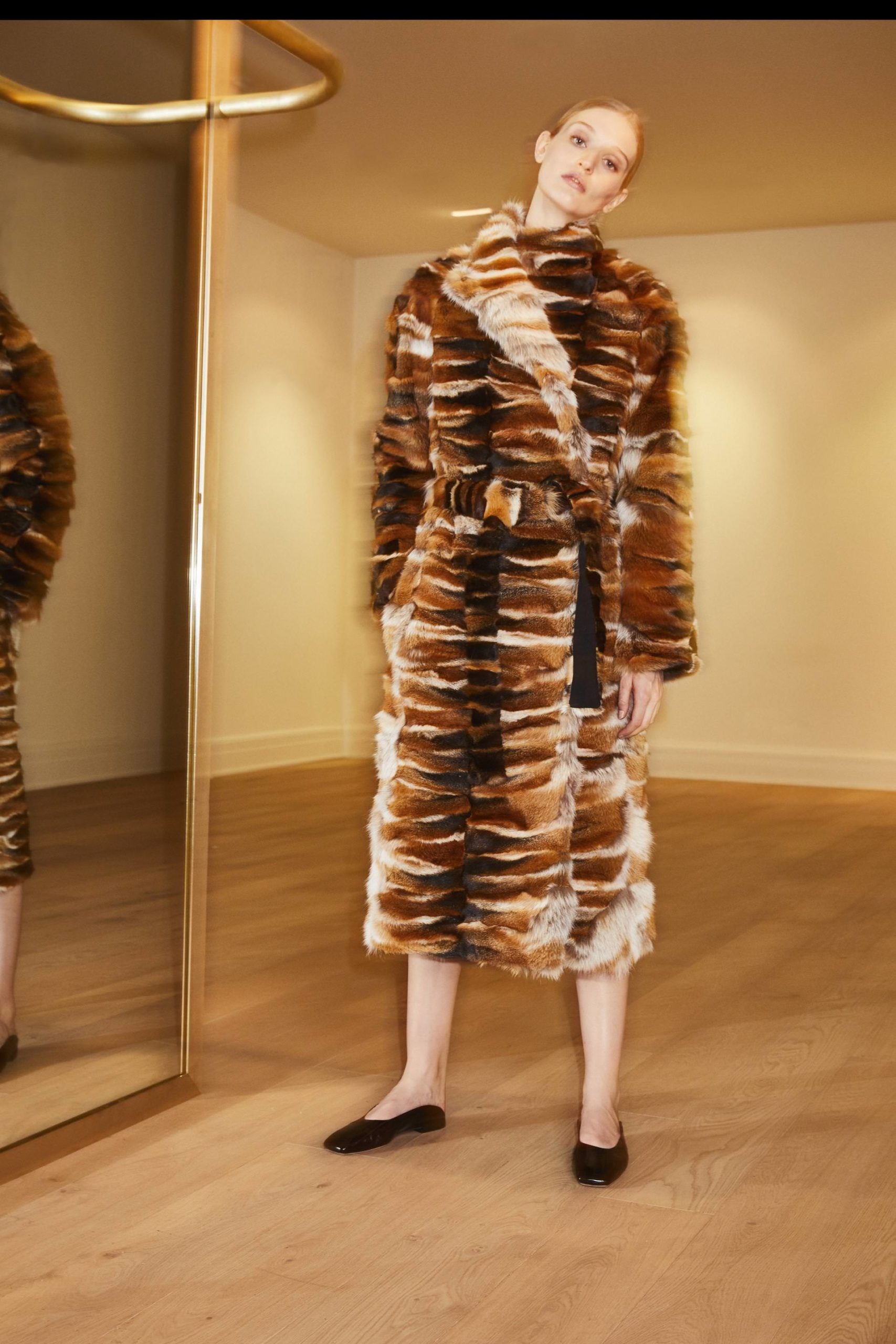
Rosetta Getty fall/winter 2017.
WW: Do you travel a lot in the interest of art and collecting?
RG: I do. I try to go to at least one fair a year. It is difficult with the fashion schedule, but I try to do as much as I can. There is so much going on in L.A., too, at the galleries. I also stay local and try to bring the community of collectors here together.
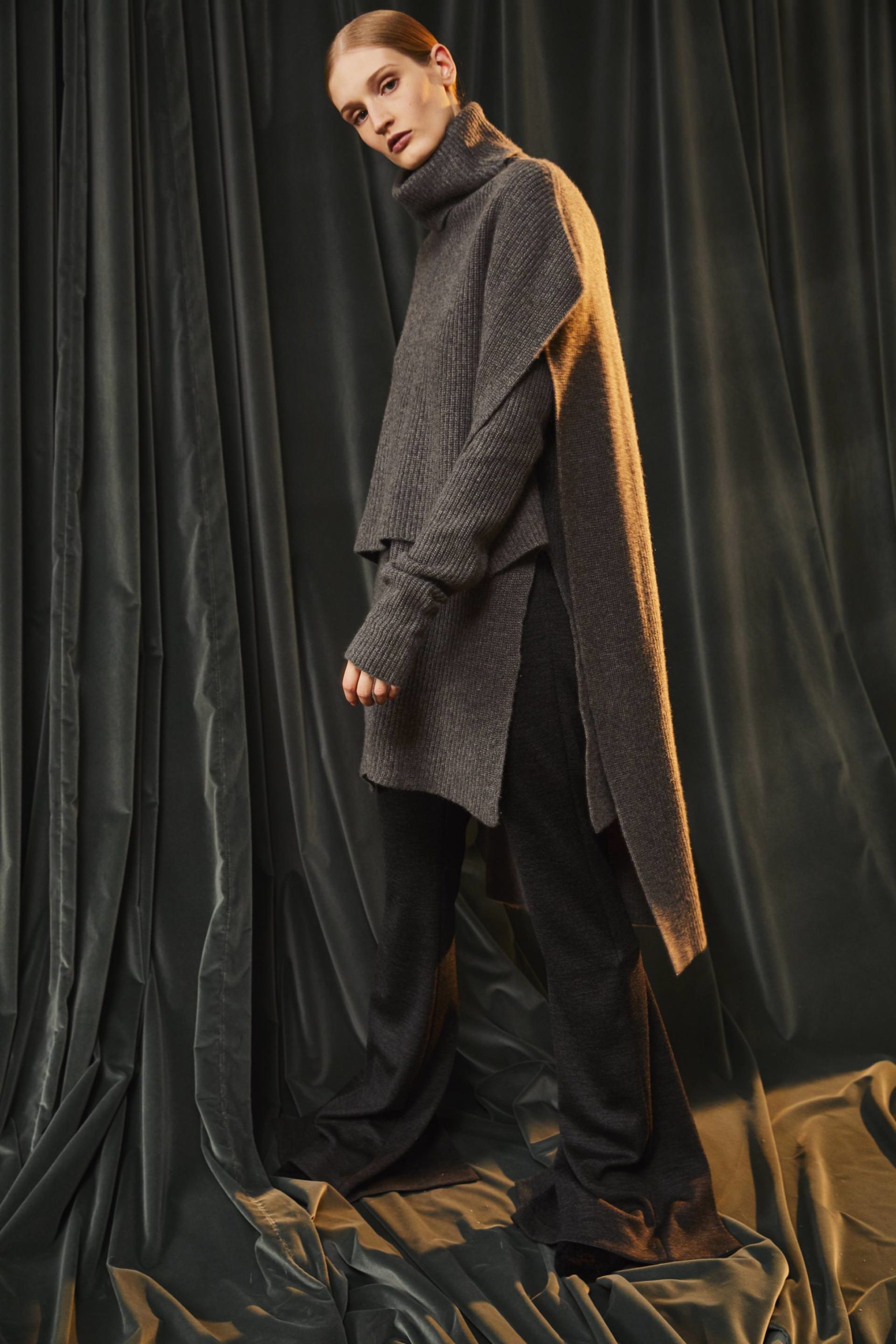
Rosetta Getty fall/winter 2017.
This article appears in Whitewall‘s fall 2017 Couture Issue, out now.






